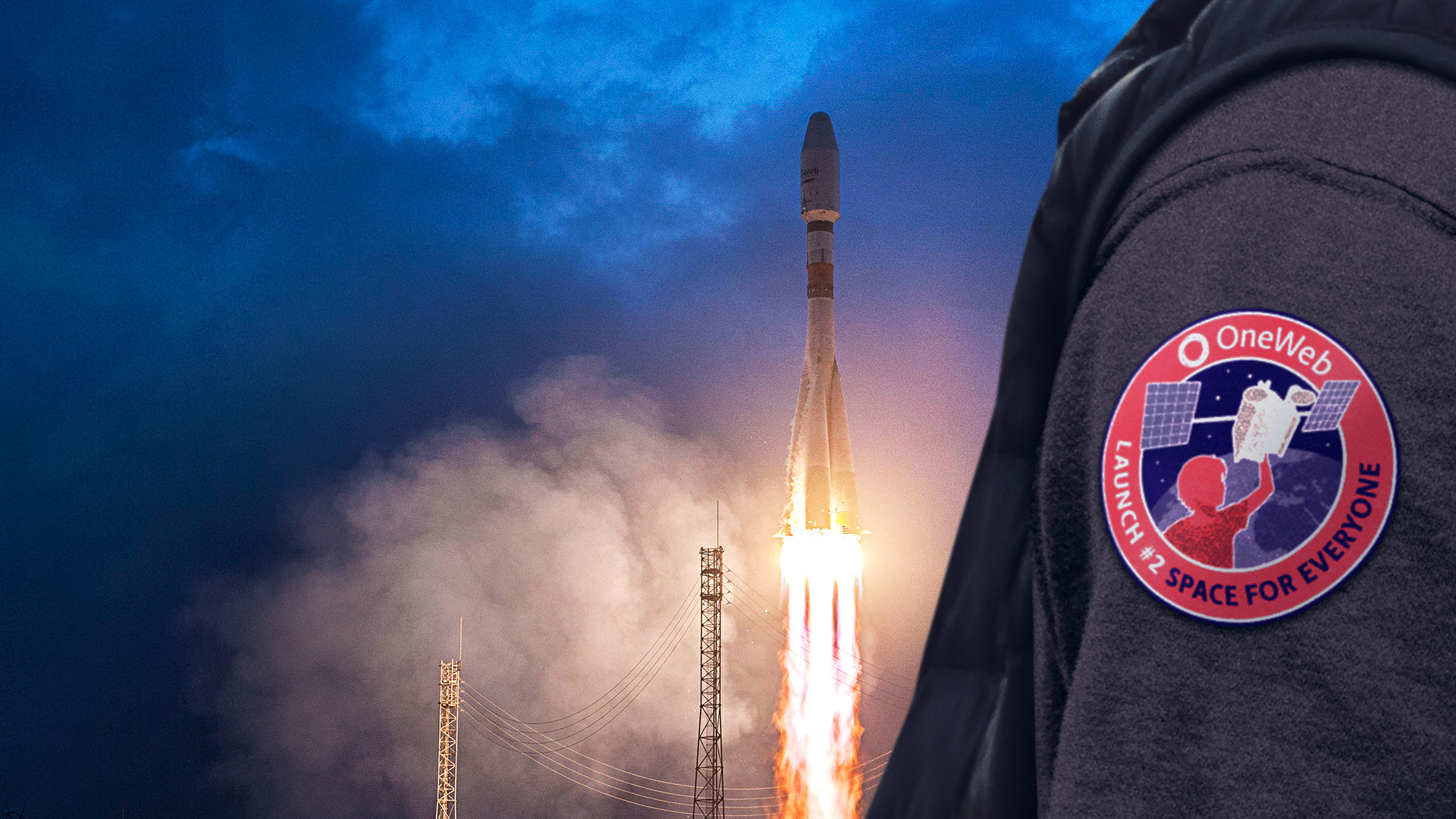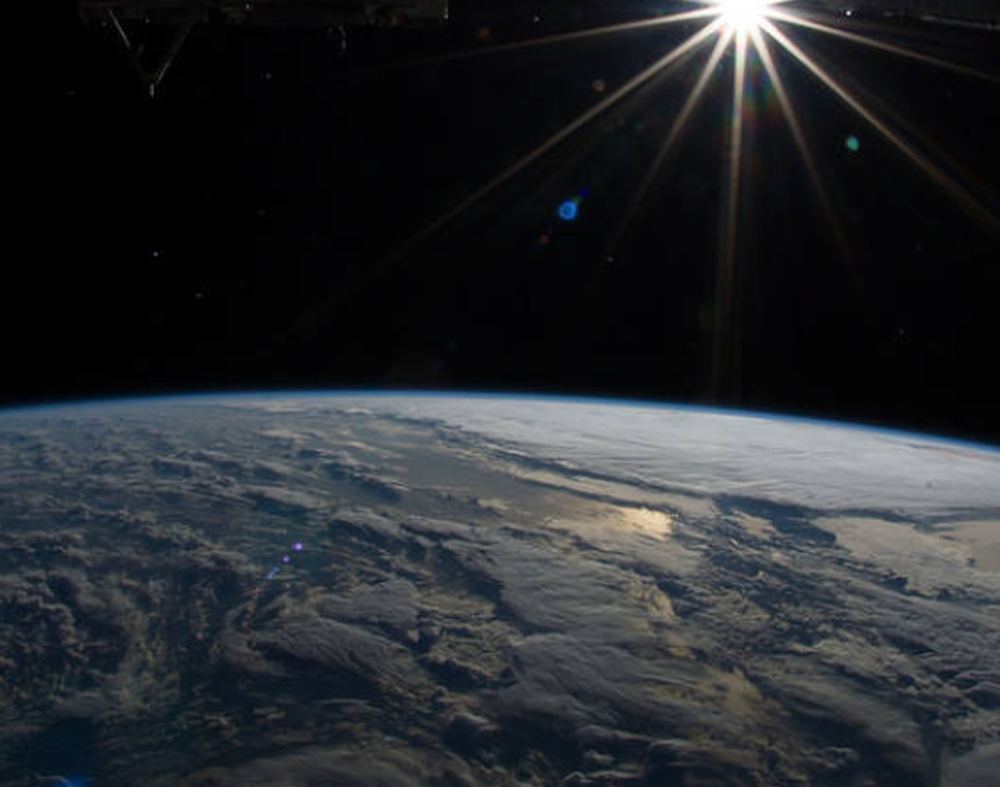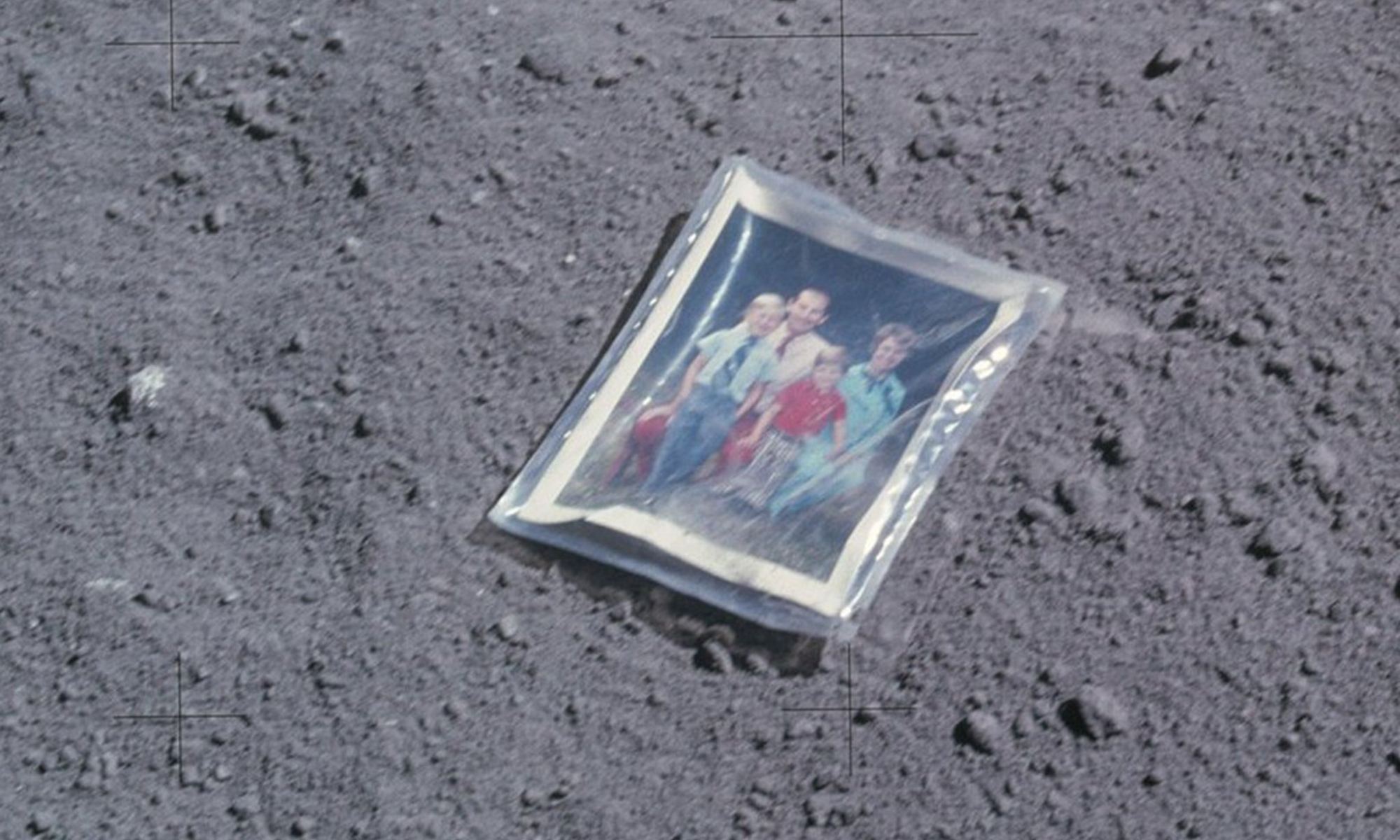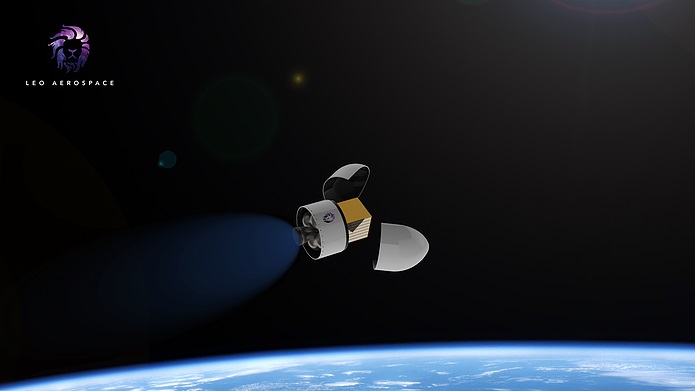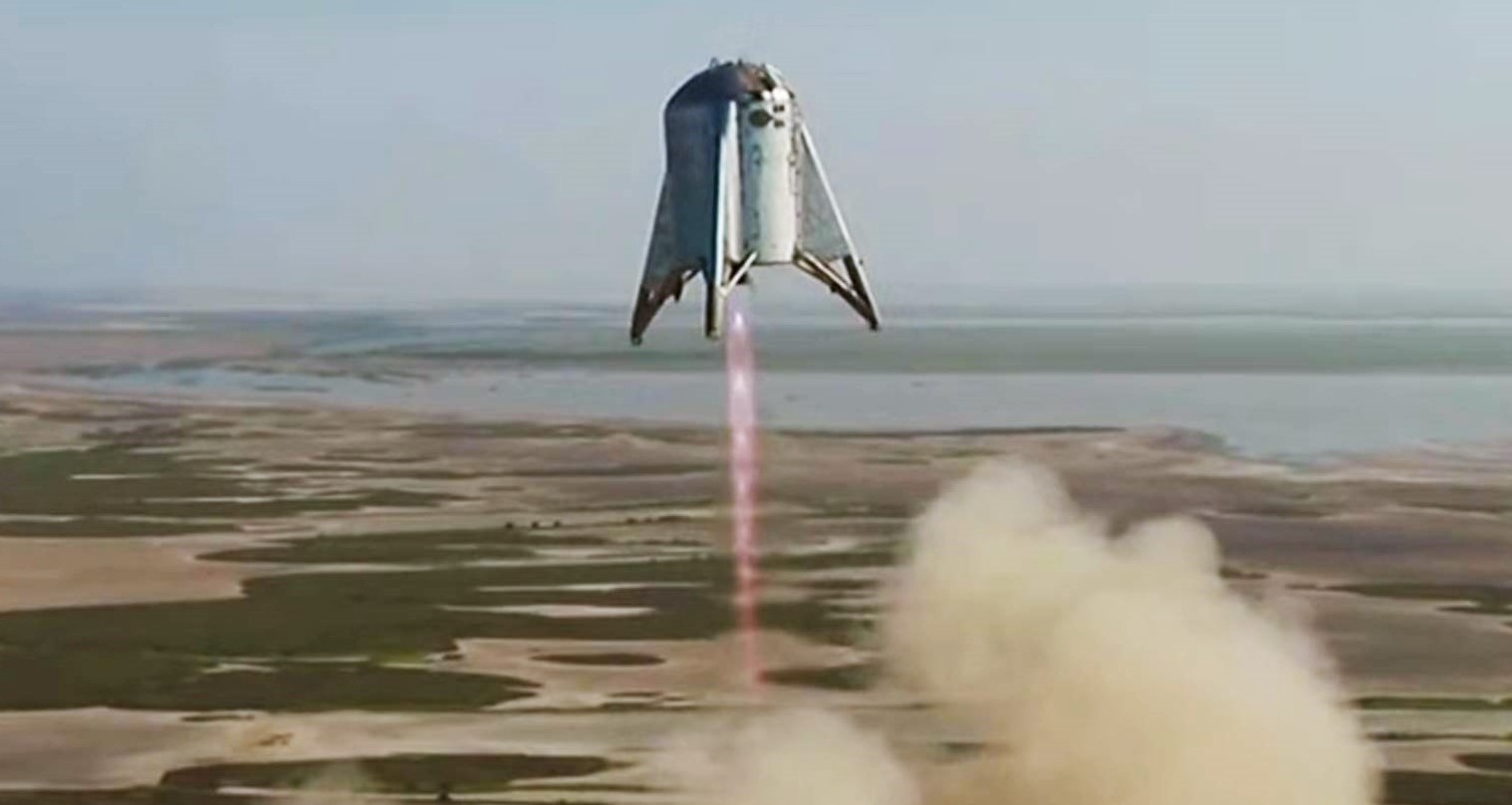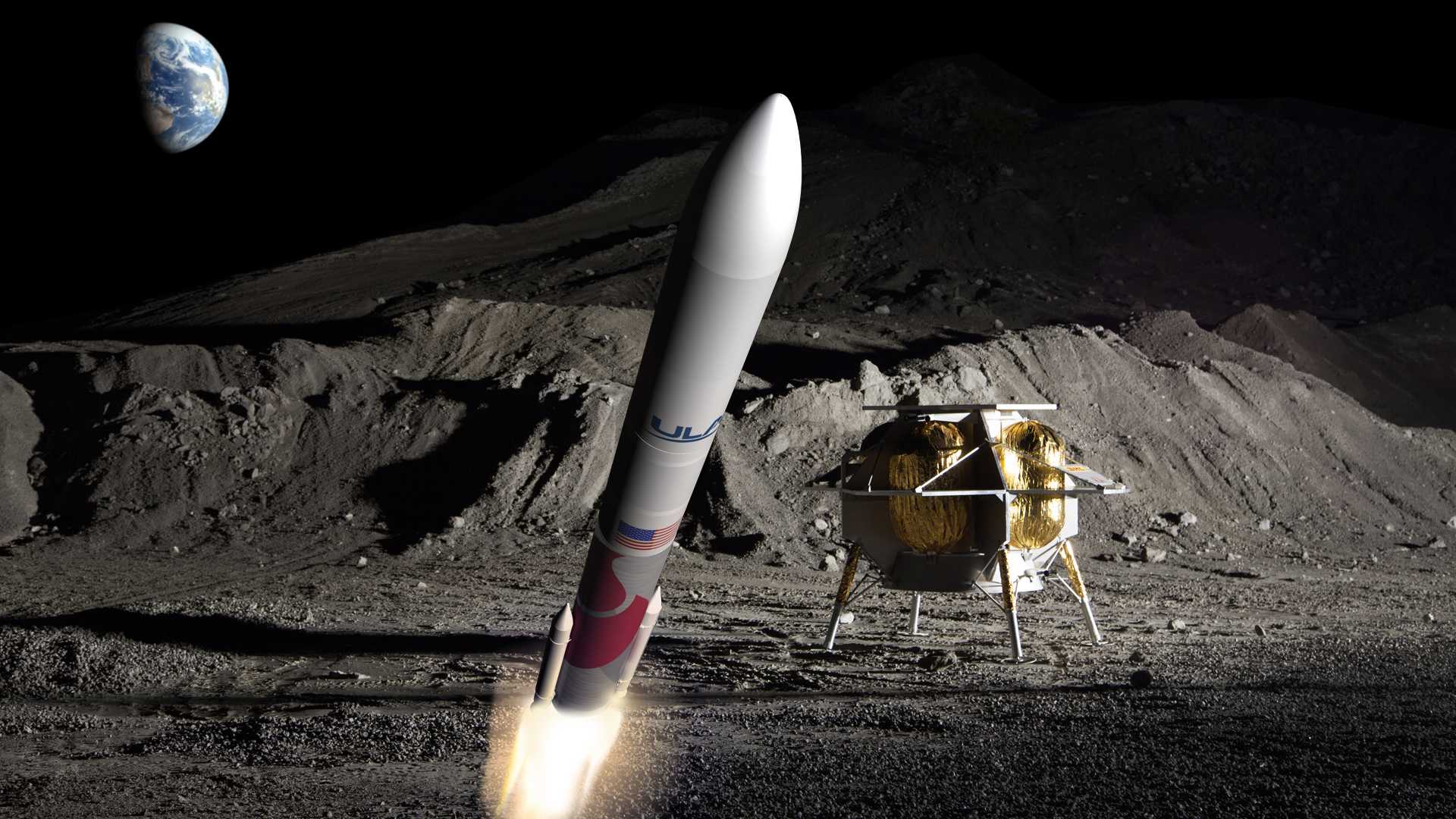In 2015, the Obama administration signed the U.S. Commercial Space Launch Competitiveness Act (CSLCA, or H.R. 2262) into law. This bill was intended to “facilitate a pro-growth environment for the developing commercial space industry” by making it legal for American companies and citizens to own and sell resources that they extract from asteroids and off-world locations (like the Moon, Mars, or beyond).
On April 6th, the Trump administration took things a step further by signing an executive order that formally recognizes the rights of private interests to claim resources in space. This order, titled “Encouraging International Support for the Recovery and Use of Space Resources,” effectively ends the decades-long debate that began with the signing of The Outer Space Treaty in 1967.
Continue reading “Trump Signs an Executive Order Allowing Mining the Moon and Asteroids”


